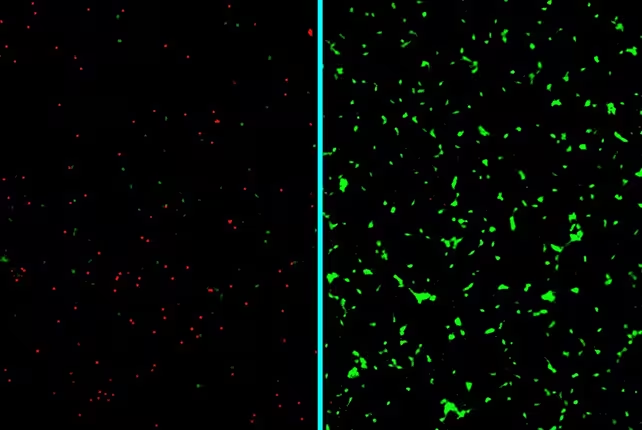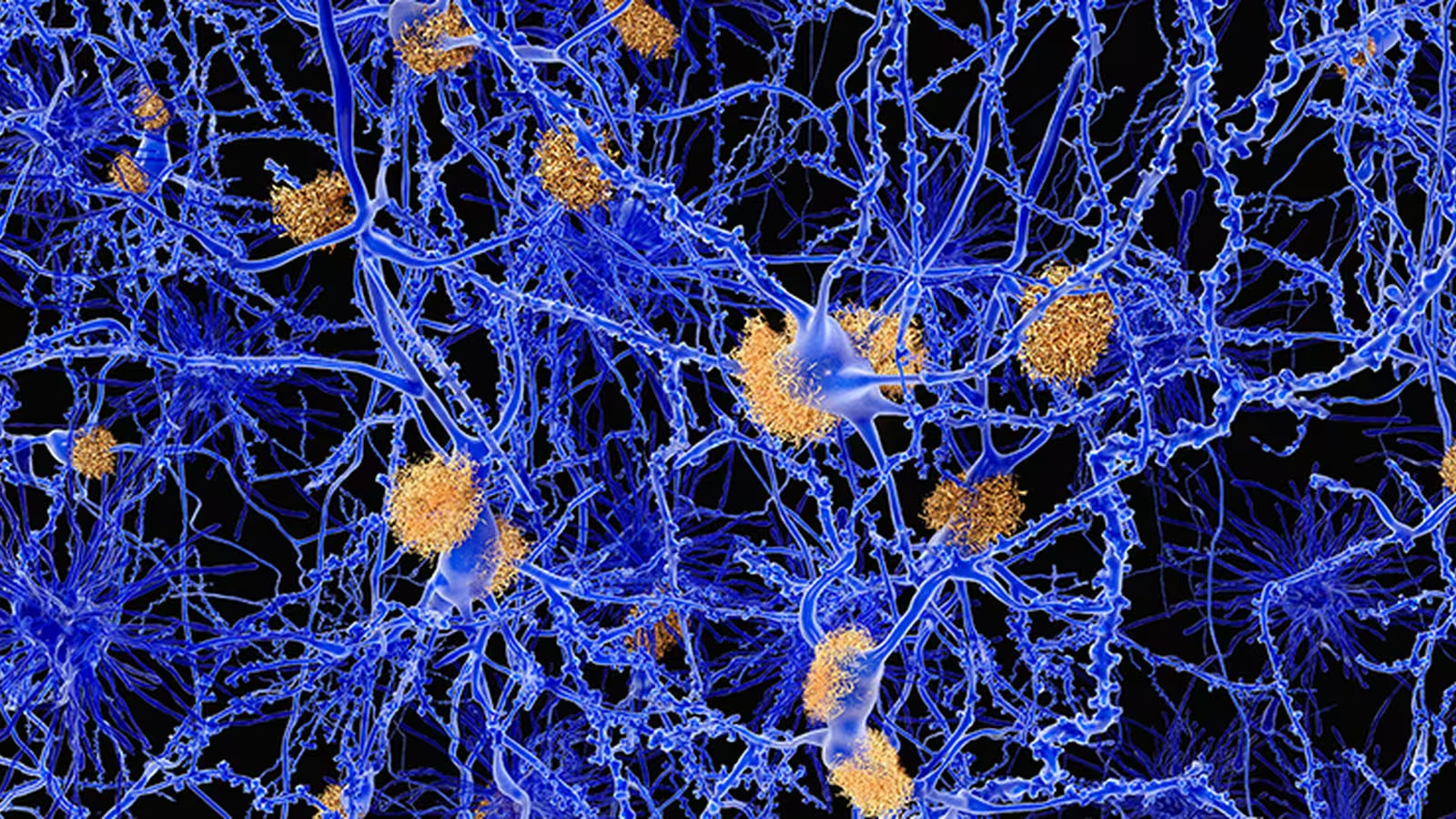4 Minutes
Innovative Nanomaterials Target the Roots of Alzheimer's Disease
A groundbreaking new study led by researchers from an international consortium has unveiled a promising nanotechnology approach for preventing the neuronal damage associated with Alzheimer’s disease. By employing specially engineered nanoparticles coated with sugars, scientists have demonstrated an effective method to intercept the early misfolding of proteins—a central event in the development of neurodegenerative diseases like Alzheimer’s.
Scientific Background: The Role of Misfolded Proteins in Neurodegeneration
Alzheimer’s disease, the most prevalent cause of dementia worldwide, is characterized by the accumulation of abnormal proteins, particularly amyloid beta. These proteins can misfold, losing their functional shapes and aggregating into toxic plaques and fibers that disrupt brain cell function. "In many neurodegenerative conditions, proteins such as amyloid beta lose their proper structure, forming harmful fibers that are highly toxic to neurons," explains Professor Samuel Stupp, a materials scientist at Northwestern University and senior author of the study. Early-stage, short amyloid fibers penetrate neurons and are believed to be the most damaging.
The Power of Peptide Amphiphile Nanoparticles and Trehalose
Central to this new therapeutic approach is a class of molecules known as peptide amphiphiles. These molecules possess both hydrophilic (water-loving) and lipophilic (fat-loving) properties, allowing them to interact seamlessly with a wide range of proteins and cell environments. Peptide amphiphiles have seen success in other drug delivery platforms, including the widely known diabetes medication, semaglutide (Ozempic).

However, a key innovation in this research lies in adding trehalose—a natural sugar abundant in plants, fungi, and insects. Trehalose has a unique ability to stabilize proteins under stress, preventing misfolding. "Trehalose protects various organisms from extreme temperature changes, particularly dehydration and freezing," says Dr. Zijun Gao, an organic chemist from Northwestern University. "It also shields a variety of biological macromolecules, including proteins. We aimed to harness this protective effect to stabilize proteins involved in neurodegeneration."
Mechanism: Trapping Toxic Proteins Before Damage Occurs
When combined, trehalose and peptide amphiphiles create a hybrid nanomaterial capable of interfering with the earliest stages of amyloid beta aggregation. The addition of trehalose destabilizes the structure of the aggregated proteins, making them more susceptible to being trapped within the nanoparticle framework. This process functions like a molecular “clean-up crew,” capturing potentially harmful protein structures before they form the larger, more resilient amyloid plaques associated with the progress of Alzheimer’s disease.
Crucially, this strategy distinguishes itself from prior approaches by targeting amyloid beta much earlier in the misfolding process. "By trapping misfolded proteins at this incipient stage, our treatment inhibits the formation of toxic fibers," notes Stupp. "With further development, this method could significantly slow the advance of diseases like Alzheimer’s."

Next Steps and Global Implications
Although these findings are still in the preliminary research phase, they highlight the transformative potential of nanomaterials in combating Alzheimer’s and other neurodegenerative diseases. Rigorous clinical studies are required to understand the full impact and safety of these sugar-coated nanoparticles in human patients. However, the need for effective therapies is urgent: more than 10 million individuals worldwide are diagnosed with dementia each year—a number expected to surge with the aging global population.
"Our work underscores the exciting potential of molecularly engineered nanomaterials to intervene at the molecular origins of neurodegenerative diseases," Stupp concludes. This innovative method offers hope for delaying or even preventing the progression of devastating brain disorders in the future. The research has been published in the Journal of the American Chemical Society.
Conclusion
The development of sugar-enhanced nanoparticle technology represents a significant step forward in the fight against Alzheimer’s disease. By capturing and neutralizing misfolded proteins in their earliest stages, scientists are moving closer to therapies that could preserve cognitive function and quality of life for millions. Continued research and collaboration in the field of nanomedicine will be crucial as the global community seeks more effective solutions to one of the most pressing health challenges of our time.


Comments